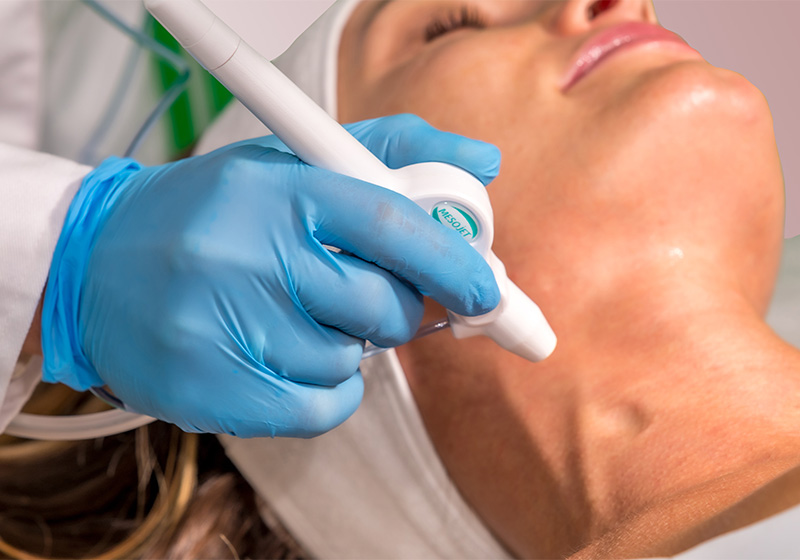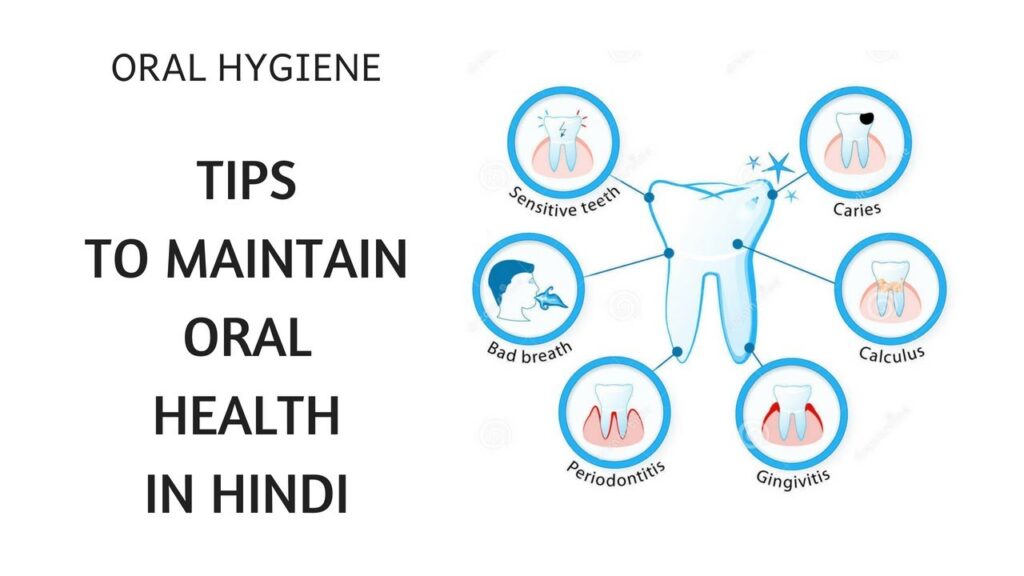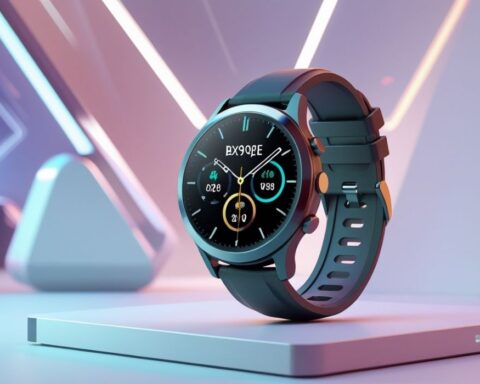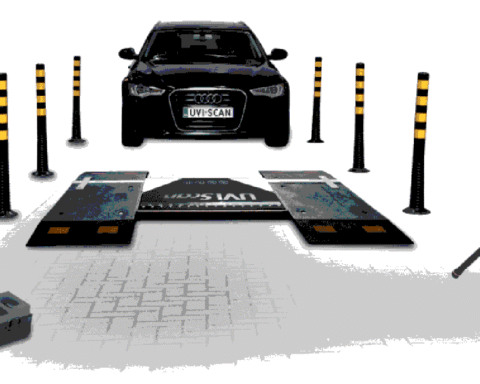Introduction: Investing Smartly in Aesthetic Technology
In Singapore’s fast-growing beauty and wellness market, medical aesthetic clinics are competing not only on service quality but also on technology. Patients today expect safe, effective, and advanced treatments — and that begins with choosing the right aesthetic devices.
However, buying a device isn’t just about price or brand name. It’s about clinical performance, safety standards, long-term ROI, and after-sales support. Whether you’re a new clinic or upgrading your current setup, this guide will help you understand how to evaluate and buy an aesthetic machine in Singapore the smart way.
1. Identify Your Clinic’s Needs
Before you buy, start with a clear understanding of your clinic’s focus areas and clientele. Ask yourself:
- What treatments do we want to offer? (e.g. laser hair removal, skin tightening, pigmentation, acne)
- Who is our target audience? (young adults, professionals, anti-aging patients)
- What skin types do we serve most often?
- What’s our average treatment price point?
For instance, a clinic focusing on skin rejuvenation may prioritize RF, ultrasound, or LED-based devices, while a laser-focused practice may need multiple wavelengths for different skin concerns.
Pro tip: Avoid buying multiple machines that overlap in functionality. Instead, invest in versatile platforms that offer multiple applications in one.
2. Research the Technology Behind the Device
When it comes to medical aesthetic equipment, the science matters.
Understand what the device actually does — and how it achieves results. Some popular technologies include:
- Laser (for pigmentation, hair removal, vascular issues)
- Radiofrequency (RF) (for tightening, collagen stimulation)
- Ultrasound / HIFU (for lifting and contouring)
- LED phototherapy (for acne, healing, inflammation control)
- Cryolipolysis / Fat freezing (for body contouring)
Each technology has pros, cons, and specific patient indications.
Check if the device has clinical studies, FDA/CE certifications, and peer-reviewed results that prove its safety and efficacy.
3. Evaluate the Manufacturer and Supplier
Your aesthetic device supplier plays a major role in your clinic’s success. Choose a partner, not just a vendor.
When evaluating a supplier, consider:
- Reputation and credibility – How long have they been in business?
- Brand partnerships – Are they distributors of globally recognized manufacturers?
- Local presence – Do they offer on-site support and training in Singapore?
- After-sales service – Are spare parts, calibration, and repairs available locally?
- Training and certification – Will they train your staff on proper use and maintenance?
At AG Aesthetics, we partner with world-leading aesthetic brands to provide clinics across Singapore with high-quality medical aesthetic equipment and professional training to ensure safe, effective treatments.
4. Check Regulatory Compliance in Singapore
All aesthetic devices in Singapore must comply with Health Sciences Authority (HSA) guidelines. This ensures safety, efficacy, and accountability.
Before purchasing, verify that the device is HSA-registered or recognized under equivalent certifications such as FDA (U.S.) or CE Mark (Europe).
Never buy unregistered or uncertified equipment — it can result in patient harm, legal issues, or damage to your clinic’s reputation.
5. Consider Return on Investment (ROI)
Every device is an investment — so calculate how long it will take to pay itself off.
Evaluate:
- Initial purchase cost
- Consumables or maintenance expenses
- Number of treatments per month
- Average treatment price
- Expected lifespan of the device
A good aesthetic machine should generate a positive ROI within 12–24 months while maintaining consistent performance and reliability.
Tip: Ask the supplier for case studies or success stories from other clinics in Singapore.
6. Focus on Training and Support
Even the best equipment won’t deliver results without skilled operators.
Comprehensive training ensures your staff can:
- Perform treatments safely
- Adjust settings for different skin types
- Maintain and troubleshoot the device
- Deliver consistent patient outcomes
A reliable supplier should include hands-on training, detailed manuals, and continuous technical support.
7. Look for Long-Term Partnership Opportunities
Your relationship with your aesthetic equipment supplier shouldn’t end after purchase.
Work with a company that offers:
- Regular software or hardware updates
- Marketing support for your clinic
- Access to clinical resources and new protocols
- Warranty and service contracts
AG Aesthetics provides ongoing partnership support, ensuring every clinic receives maximum performance and business value from its devices.
8. Beware of Common Mistakes
When choosing to buy an aesthetic device, avoid these costly errors:
- Buying based solely on price or trend
- Ignoring HSA or regulatory compliance
- Choosing a non-local distributor without after-sales service
- Not testing the device before purchase
- Overlapping technologies that limit ROI
Always request a demo session and assess real patient results before making a final decision.
Conclusion: Invest in Quality, Not Just Technology
Buying an aesthetic device in Singapore is both a clinical and business decision. The right machine can elevate your brand, expand your service range, and strengthen patient trust.
By focusing on safety, performance, ROI, and supplier reliability, you’ll ensure that your investment drives long-term success.
At AG Aesthetics, we specialize in advanced medical aesthetic equipment designed for Singapore’s clinics — combining global innovation with local expertise.
👉 Contact AG Aesthetics today to discover which aesthetic devices best fit your clinic’s goals and budget.
Read More Gorod








